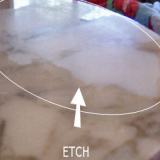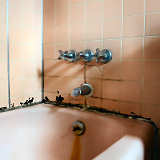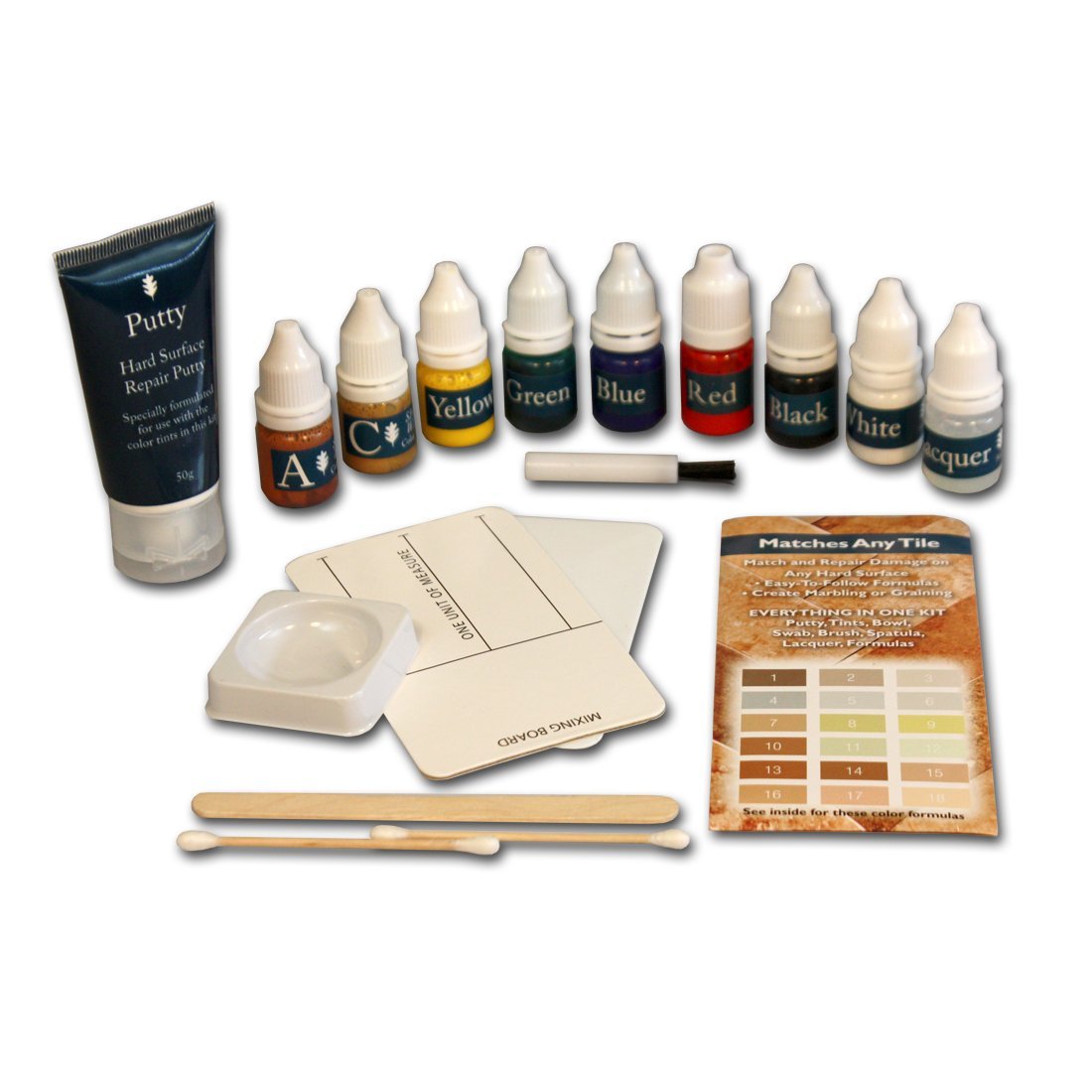Limestone, Travertine, Marble
& Granite Stains
What Are Stains?
A stain is an unwanted mark of discoloration which cannot be removed by just washing and wiping. Granite stains require special treatment to remove them.
Surface damage and temporary conditions are often confused with staining. Efflorescence, etching, stun marks, mineral deposits, soap film, water spots, water rings, mold and mildew, and even wet stone are not true stains. Each condition is treated differently.
These are NOT true stains and stain removal procedures will NOT work.
A True Stain Is Always Darker Than The Stained Material.
If it appears as being of a lighter color, it is not a stain but either a mark of corrosion (etching) made by an acid or a caustic mark (bleaching). In other words, a lighter colored 'stain' is in fact always surface damage and has no relation whatsoever with the absorbency rate of the damaged material or stone.
There Is Not A Single Exception To This Rule!
Understanding Stains
To understand stains, let's take a piece of fabric.
Fabric is usually absorbent and if we spill liquid on it, the material will absorb it.
If it's water, we'll only have a temporary 'stain'. Once the fabric dries, it will revert back to its original color.
But... if we spill coffee or cooking oil on it, we create a true stain.
Why? Because the fabric will actually absorb the staining material and change the fabrics color permanently or until it is removed.
On the other hand, if we spill bleach on the same fabric, we still have a discoloration BUT, this can hardly be defined as a stain.
Why not a 'stain'? Because it's permanent damage to the die that originally made the color of the fabric.
Just as with fabrics, true stains are the discoloration of natural stone, produced by a staining agent that is absorbed by the stone.
Avoiding Stains on Your Natural Stone
To avoid stains, always wipe up spills as soon as possible. And if needed, apply an impregnating sealer.
If you're granite stains, you can usually remove the stain using a poultice. A poultice is used to "suck the stain" up and out of your stone.
Always Remember:
The longer a stain remains, the deeper it penetrates, and the harder it is
to remove.





